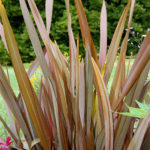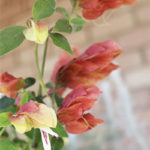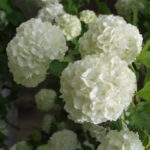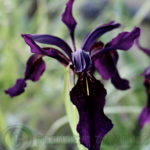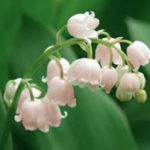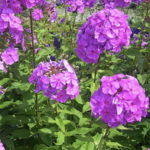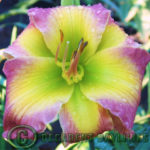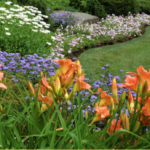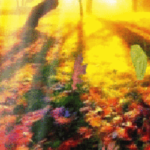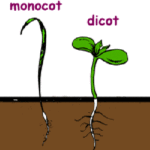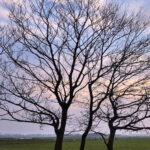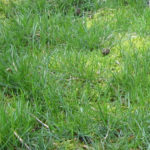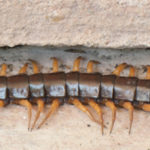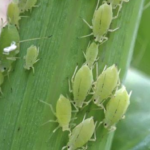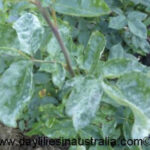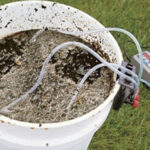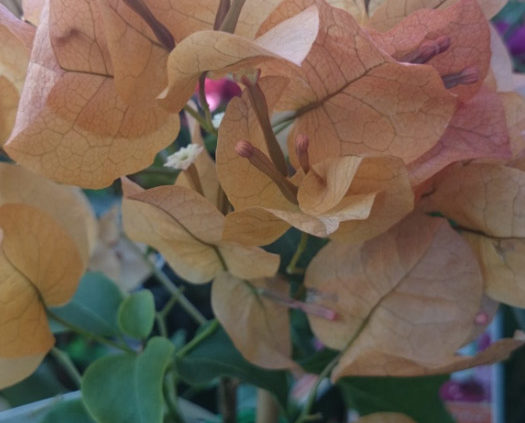
Bougainvillea Plant Tips & Varieties
Bougainvillea is Long Flowering Drought Tolerant & Frost Resistant
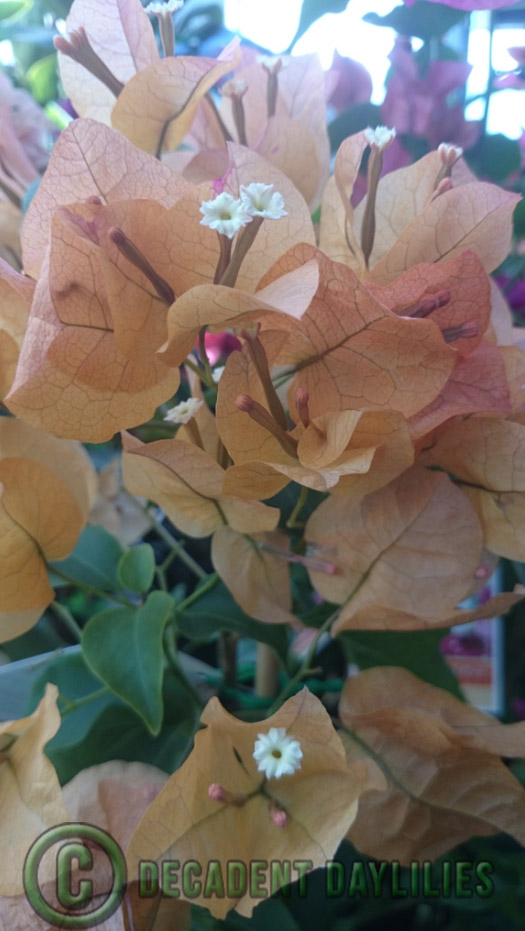 Bougainvillea is one of Australia’s most vibrant sun loving plants. They are drought tolerant vigorous, long flowering sprawling climbers that grow with neglect. Most bloom throughout spring, summer and autumn when the weather is warm. It is a resilient and massively floriferous plant found almost in every part of the world with over 18 species. The flowering woody vines or bushes originates from South America, Brazil, Argentina, Peru. Bougainvilleas are found largely in lots of Australian gardens growing vertical and horizontally up to 40ft. All vines have challenging thorny branches and heart shaped leaves, it’s in their genetic material known as DNA. Bougainvillea bracts are varied in blazing shades of pink, red, orange, white, burgundy and purple bracts with a paper texture. The intense coloured bracts are surrounded by little white tubular flowers appearing in clusters of 3 in the centre of the three to six colourful bracts. Having high salt tolerance, Bougainvillea is one hot choice for landscapes in all regions in Australia. Looked after well, you can expect bougainvilleas to spread a lot of colour and vitality. These vines are so versatile that they will grow as a standalone tree or can be scrambled over a fence made into a hedge. They are multipurpose garden vines and can be used in many different ways, but need a strong framed trellis to climb on for their support. Bougainvilleas can be also designed to form the main entrance arch or used as a groundcover. These vines are not just classed as tropical vines, they will grow thrive and bloom anywhere in Australia.
Bougainvillea is one of Australia’s most vibrant sun loving plants. They are drought tolerant vigorous, long flowering sprawling climbers that grow with neglect. Most bloom throughout spring, summer and autumn when the weather is warm. It is a resilient and massively floriferous plant found almost in every part of the world with over 18 species. The flowering woody vines or bushes originates from South America, Brazil, Argentina, Peru. Bougainvilleas are found largely in lots of Australian gardens growing vertical and horizontally up to 40ft. All vines have challenging thorny branches and heart shaped leaves, it’s in their genetic material known as DNA. Bougainvillea bracts are varied in blazing shades of pink, red, orange, white, burgundy and purple bracts with a paper texture. The intense coloured bracts are surrounded by little white tubular flowers appearing in clusters of 3 in the centre of the three to six colourful bracts. Having high salt tolerance, Bougainvillea is one hot choice for landscapes in all regions in Australia. Looked after well, you can expect bougainvilleas to spread a lot of colour and vitality. These vines are so versatile that they will grow as a standalone tree or can be scrambled over a fence made into a hedge. They are multipurpose garden vines and can be used in many different ways, but need a strong framed trellis to climb on for their support. Bougainvilleas can be also designed to form the main entrance arch or used as a groundcover. These vines are not just classed as tropical vines, they will grow thrive and bloom anywhere in Australia.
Bougainvillea Plant Varieties – Double Bright Pink Bract Blooms Photo
You can purchase these plants in different sizes according to their height dwarf, medium with the older varieties being much larger. Some varieties of bougainvillea are:
Bougainvillea Glarbra most common garden variety produces white and purple bracts that can be used for bonsai.
Bougainvillea B. Glabra is a long flowering variety that can also be grown in the garden.
Bougainvillea Peruviana is less vigorous with glabrous leaves and purplish pink smaller bracts.
Bougainvillea Orange Queen which have orange bracts that change to pink.
Bougainvillea Hawaiian Gold has golden orange bracts turning pink over time.
Bougainvillea Spectiabillis has the darkest green leaves and bracts of bright red or purple.
Bougainvillea Raspberry Ice a variegated leaf variety and a profuse bloomer that produces fuchsia red flowers, all these varieties belong to the nyctaginaceae family you will often see other varieties in the shops for sale in Australia by the names of zuki, pedro, zulu, zeffa, panda and jalibene.
A Little About The Bougainvillea History
Dr. Philibert Commerson a french navigator discovered the wonderful bougainvillea plant in Rio de Janeiro in 1768 and named the bouganvillea plant after a close friend Louis de Bouganinville.
Appropriate Growing and Caring Conditions for Bougainvilleas
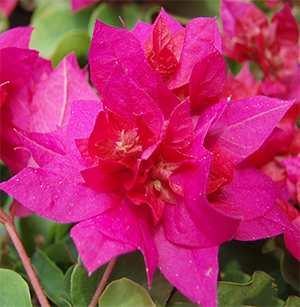 The Bougainvillea is pretty adaptable but not that adaptable to grow indoors. “Why doesn’t my Bougainvillea bloom?” Bougainvilleas will bloom best planted in a bright sunny location with at least six hours of sunshine per day. Full sun is where you will see the best flowers. Full blown Bougainvillea plants can be kept reasonably dry. Its quite simple, lack of flowers means that the bougainvillea plant needs more sun.
The Bougainvillea is pretty adaptable but not that adaptable to grow indoors. “Why doesn’t my Bougainvillea bloom?” Bougainvilleas will bloom best planted in a bright sunny location with at least six hours of sunshine per day. Full sun is where you will see the best flowers. Full blown Bougainvillea plants can be kept reasonably dry. Its quite simple, lack of flowers means that the bougainvillea plant needs more sun.
Bougainvilleas that are advanced are a tough plant, this family of plants care needs are, the occasional watering during winter months but need regular, once a fortnight deep watering during warmer months of the year. Mulch is always beneficial to any plant. It helps keep the roots cool during the hot summer.
Bougainvilleas are great for landscaping and do not require much fertilising as they grow easily. You can feed your plant with phosphorous and potassium fertiliser applied in early spring before flowering. This will help brighten the bright coloured bracts, these bracts come in either single or double form and in many colours as stated earlier.
Pruning Bougainvilleas during autumn is best after the growing season when the flowering season has finished. This is when the flowers drop and the bougainvilleas are getting ready to lose their leaves in cold climates. This means that the bougainvillea will bloom on their new growth the following season. Like climbing roses, bougainvilleas need to be pruned 2 to 4 inches from the old main canes. Weed out old canes, this will keep them maintained and not let them get out of hand. They can also be given regular maintenance by keeping the bougainvillea lightly trimmed back during the year to keep their shape. For this reason, due to the pruning, this plant is not for the lazy gardener. If the bougainvillea is left not pruned and let run feral, it can become a big mess, and it will have to be seen to, with severe hard pruning. If this happens you will not see flowers for 2 years. If you let the vine get out of control, the vine will need to be severely cut back, this will surely cause water shoots. You should remove the long water shoots right down to the base of the plant. Bougainvilleas can be grown at any size or shape, in this case as a bonsai where they can be more controlled, espaliers by training the vine to grow against a wall or flat surface, in hanging baskets or as a standard bush, take your pick. Trim back your bougainvillea to a compact plant each season and they will give you no trouble.
Tips for Growing Bougainvilleas in Pots, make sure you keep the pot a little raised from the ground level. Bougainvilleas can be successfully grown in pots or a container by using the best quality potting mix, mixed in with garden dirt. Bougainvilleas love to be pot bound this is when they produce the best blooms. A soluble fertiliser is greatly used occasionally for growing Bougainvillea in pots. The best varieties for pots are bougainvillea bambino varieties they are new on the market and are compact and shorter growers besides they have fewer thorns.
The Common Diseases in Bougainvilleas are found on leaves is a fungal and bacterial leaf spot disease that has reddish brown spots. These spots start from new foliage and cause an overall rusty appearance to the whole plant causing leaves to plunge and then pervert off the plant if the disease is major. This can be prevented by keeping the foliage and leaves dry. Although this is never seen where I live, this plant is quite disease free. To control and protect from fungal diseases spray with mancozeb, normally used as a preventative for such diseases.
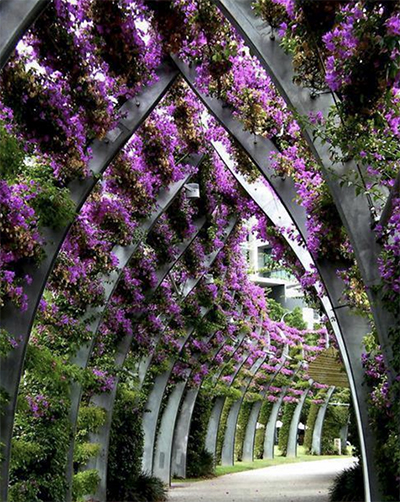 One disease, which causes yellowing with deep green veins of bougainvillea leaf, is chlorosis caused due to iron or magnesium deficiency and can be prescribed by endowing the soil with iron and aluminium sulfate. It is important to keep the right measure of supplements, as overuse may cause another deficiency. By adding 1-2 teaspoons of Epsom salt with 4½ litres or 1 gallon of water dissolved and used in a garden sprayer is also another perfect answer to treat chlorosis.
One disease, which causes yellowing with deep green veins of bougainvillea leaf, is chlorosis caused due to iron or magnesium deficiency and can be prescribed by endowing the soil with iron and aluminium sulfate. It is important to keep the right measure of supplements, as overuse may cause another deficiency. By adding 1-2 teaspoons of Epsom salt with 4½ litres or 1 gallon of water dissolved and used in a garden sprayer is also another perfect answer to treat chlorosis.
Mites may affect the foliage displaying crinkled fresh leaves, horticultural oil will deal with the problem by leaving the blighters breathless.
If you want to see beautiful bougainvilleas grown in Australia visit the Bougainvillea vines at South Bank Parklands Brisbane Queensland Australia. Where you can see and stroll under over one kilometre of bougainvillea vines that grow and weave from one end of the South Bank Parklands to the other, displaying lovely magenta bougainvillea plants.
Depending on the climate and rainfall the bougainvillea plant can be either deciduous or evergreen this making them tough and able to survive the cold frosts in colder climates once established. They can also be propagated by cuttings.



